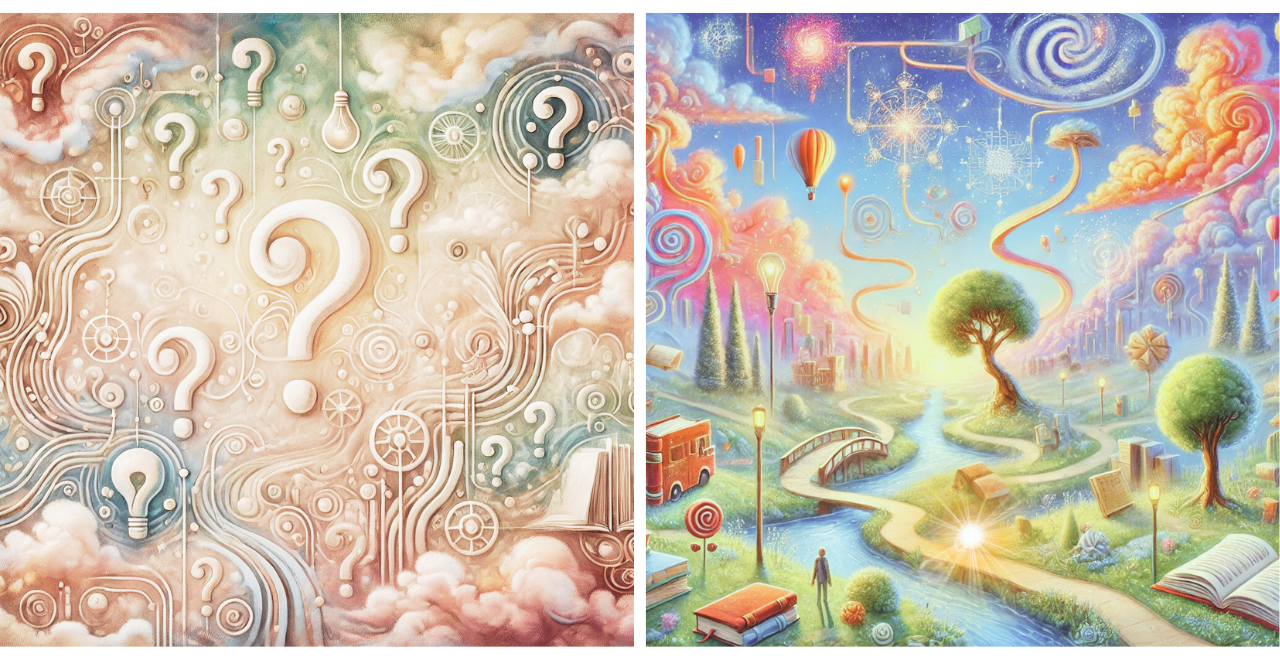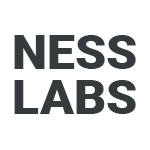Have you ever opened a bag of chips, telling yourself you’d just have a handful, only to look down and realize the entire thing is gone? It’s why dieticians recommend keeping healthy snacks at home – because what’s within reach is what we end up consuming.
Curiosity works the same way. We all know the feeling: you Google something random, one link leads to another, and suddenly, an hour has disappeared.
Sometimes, these rabbit holes lead to fascinating insights. Other times, you resurface from a click spiral with nothing useful, wondering why you just spent twenty minutes reading about celebrity feuds.
Just like with food, curiosity can be either nourishing or junk. And just like with food, we can design our environment to encourage the right kind of curiosity.
What I call “curiosity snacks” are small, intentional nudges that guide our impulsive curiosity toward learning, creativity, and meaningful discovery rather than mindless scrolling.

The built-in urge to know
Curiosity and impulsivity might seem like opposites. One is celebrated as a driver of knowledge and innovation; the other is blamed for distraction and poor decisions.
But neuroscience tells a different story: these two forces are deeply connected. Studies show that curiosity and impulsivity share common neural mechanisms, particularly in the brain’s reward system.
When we feel an urge to know something, the same circuits that respond to food, money, and other rewards light up. This is why curiosity can feel irresistible: we’re wired to seek information just as we seek pleasure.
The problem is that not all information is equally valuable. Our curiosity can be hijacked by junk content such as viral social media posts, sensationalist headlines, and endless video recommendations on your feed.
But once you understand that your curiosity can operate like a craving, you can use this knowledge to reshape what you consume. Just like a well-stocked kitchen makes it easier to eat well, designing your environment to include healthy curiosity snacks can help you develop better intellectual habits.
From click spiral to curiosity snack
So, we know that curiosity can be impulsive. But the smartest strategy isn’t to fight it – instead, it’s to channel it. Small tweaks to your environment can make a huge difference in what you end up consuming.
Here are a five simple strategies to redirect your impulse to know:
- Curate your digital landscape. Swap out mindless apps on your home screen for ones that feed your curiosity – apps like Deepstash, Kindle, Pocket, language learning tools, or even Wikipedia. The fewer taps between you and those curiosity snacks, the better.
- Make books more visible. The easier it is to pick up a book, the more likely you’ll do it. Keep a few good ones on your desk, coffee table, and nightstand as part of your antilibrary. If you tend to scroll on the toilet (sorry, had to mention it!), consider replacing having magazines there and leaving your phone out of the bathroom.
- Use browser extensions to guide your curiosity. Extensions like Unhook (which removes YouTube recommendations) or Toby (which organizes saved tabs) can help prevent you from falling into low-value loops – basically not finishing the bag of chips.
- Follow mind-nourishing accounts. Who you follow online shapes what you consume. Seek out creators and fellow curious minds who tend to share interesting ideas. If you fall into a rabbit hole, at least it will be a good one.
- Set up curiosity triggers. Subscribing to newsletters that feed your curiosity or using curiosity-driven journaling prompts in the morning can help reinforce productive habits over time.
These tweaks work for the same reason healthy eating strategies do: they don’t rely on willpower. They make the default option the better one.
However, keep in mind that what works for someone else may not work for you. The key is to experiment: try different curiosity snacks, observe what works and what doesn’t, and adjust accordingly.
It’s hard to control our impulses, but we can gently redirect them. By designing our environment to encourage learning and exploration, you can turn your curiosity into an asset rather than a distraction. So, what curiosity snack are you in the mood for today?
